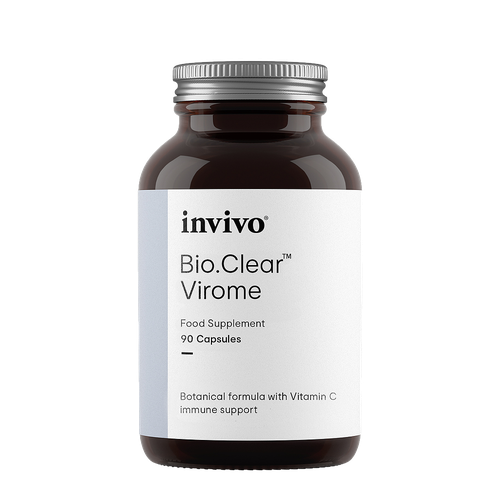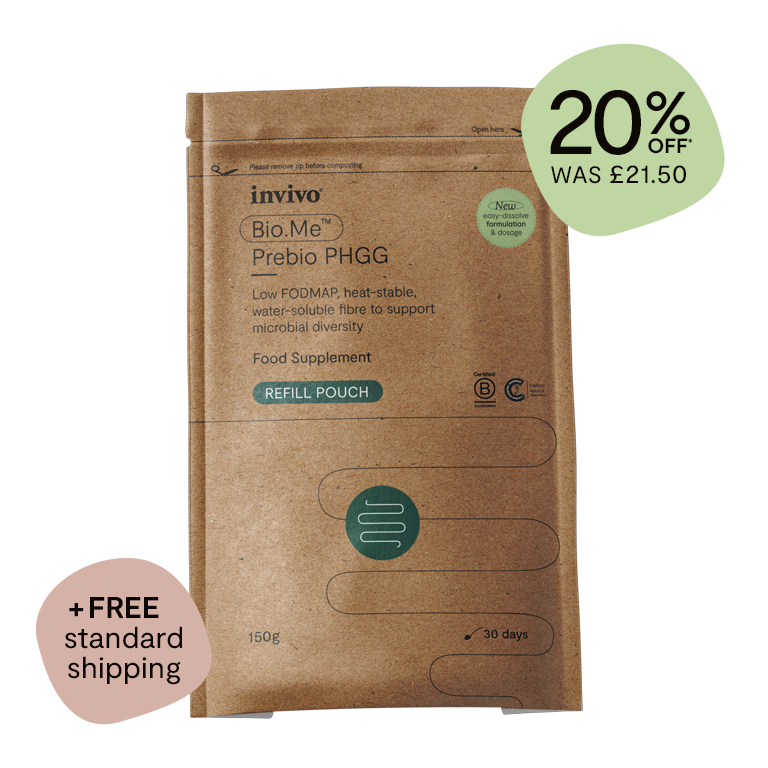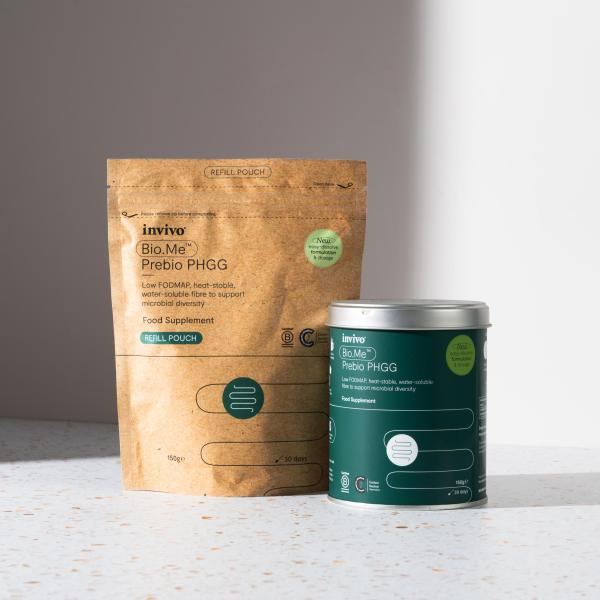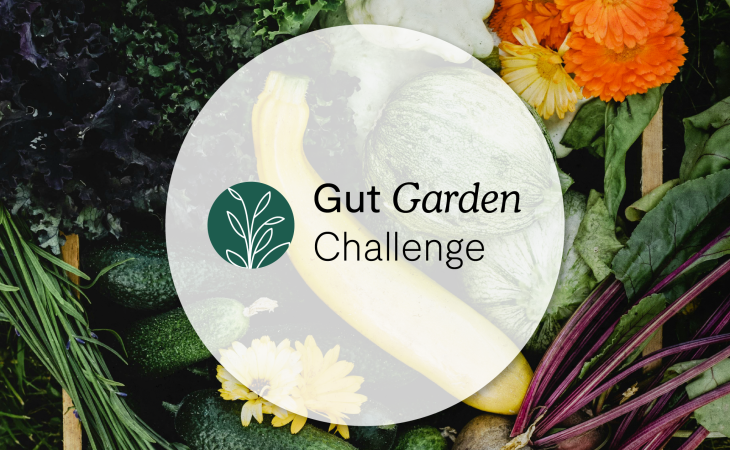Just as a vibrant garden thrives on a diversity of species, so does our gut’s microbiome. That’s why we created the Gut Garden Challenge – to eat 30 unique plants each week – nurturing the wellbeing of our microbes.
The bacterial background
Consuming a wide variety of colourful plants can help diversify our gut microbiome. Research shows eating more than 30 different types of plant per week supports a diverse and balanced gut ecosystem.¹
Why is this? Each microbe has its own preferred fuel source – we are what our microbes eat. A diet rich in a variety of plants provides the prebiotic compounds, such as certain fibres and polyphenols, needed to feed and nurture a diverse microbiome.
The Gut Garden Challenge
The objective of our Gut Garden Challenge is to eat at least 30 different plants each week. We recommend trying this for a fortnight and after this, you may then find it’s a new habit you wish to continue. You may even discover you’ve already been eating 30 or more each week anyway – Microbiome Guardian high five!
This challenge is all about encouraging incorporating a rainbow of plants into each meal and includes any type of edible plant – herbs, spices, fruit, vegetables, pulses, legumes, nuts, seeds, and wholegrains. It also includes different colours or varieties of the same plant.
How to take part
The rules are simple:
- Make a note of each different plant you consume within a 7-day period. This includes those you already consume regularly with a few new varieties on top.
- At the end of each 7-day period, tally up your total and see if you have gotten near the goal of 30 different plants.
To track your plant progress, you can note the plants you consume on a notepad, your phone or download and print out our Gut Garden Challenge tracker. At the end of the week, tally up your total – how did you do?
Remember, different colours or varieties of the same type of plant can be included as separate entries – the goal here is diversity! Each different colour and texture brings a different set of nutrients to the table, feeding the flourishing community of microbes in your gut.
The plants that count
The range of plant ingredients available is huge, and some you may not even consider when tallying up your plant points.
For this challenge, a point could be:
- Vegetables – e.g. Carrots, Broccoli, Garlic
- Fruit – e.g. Cranberries, Bananas, Oranges
- Spices – e.g. Cayenne, Anise, Nutmeg
- Herbs – e.g. Sage, Thyme, Parsley
- Pulses – e.g. Lentils, Chickpeas, Dry Beans
- Legumes – e.g. Soybeans, Fresh Peas, Peanuts
- Whole Grains – e.g. Quinoa, Oats, Brown Rice
- Nuts – e.g. Almonds, Walnuts, Cashews
- Seeds – e.g. Chia, Sesame, Sunflower
Tips for success
Here are some strategies to help you conquer this challenge:
- ‘Eat the rainbow’ – The more colour on your plate the better, but you don’t have to ‘eat the rainbow’ straight away, start with two or three colours.
- Batch cooking – meals like stews are a great opportunity not only to include a lot of different veg, herbs and spices, but also to provide you with more home cooked meals.
- Variety is the spice of life – seasoning is your friend, as herbs and spices count and can double (or more) a meal’s plant points.
- Experiment when food shopping and try a fruit/vegetable/herb/spice etc. which you do not usually buy.
- Colour swap – try consuming different colours/varieties of a fruit or veg e.g. red instead of white cabbage. You can track one point for red and one point for white per week.
- Bonus points – you can easily garnish a plate with extra plant points, such as a sprinkling of nuts or seeds, or by adding a portion of kimchi or sauerkraut.
Practical considerations
Changes to diet are
- Only focus on those plant foods which you know you tolerate well.
- If your current plant and/or fibre intake is on the low side, and/or if you have gut symptoms, it can be helpful to gradually increase the range of plants you consume weekly to allow your gut to adapt. If in need of further guidance, you may benefit from personalised support from a suitability-qualified healthcare provider.
- Keep well hydrated.
Sharing is caring
Let’s sow the seeds of good health together! Share your diverse plant-powered meals using #GutGardenChallenge on Instagram to inspire others to join the journey towards a healthier, happier gut.
Download our tracker to keep track of your plant points.




